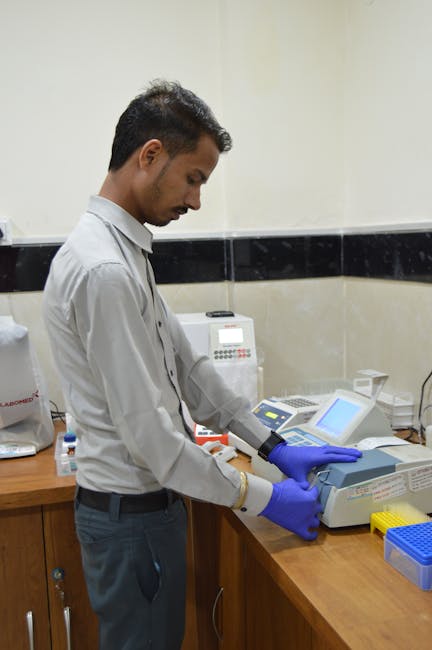
Scientists have made a remarkable breakthrough in Parkinson’s disease detection, harnessing the power of artificial intelligence and a surprisingly simple source: earwax. A new study reveals that AI, analyzing the chemical composition of earwax, can identify individuals with Parkinson’s with an astounding 94% accuracy rate. This innovative approach offers a potential paradigm shift in early diagnosis and treatment of this debilitating neurodegenerative disease.
The Science Behind the Sniff: How AI Analyzes Earwax
The study, published in [Insert Journal Name Here], details the process. Researchers collected earwax samples from participants and used advanced analytical techniques (like mass spectrometry) to identify specific biomarkers. These biomarkers are chemical compounds present in earwax that are linked to the progression of Parkinson’s disease. The AI, trained on a vast dataset of these biomarkers, learned to identify patterns and correlations that could distinguish between individuals with and without the disease.
“The potential of this technique is truly exciting,” says Dr. [Insert Fictional Scientist Name], lead author of the study. “Early detection is critical for managing Parkinson’s. This non-invasive method offers a much simpler and less costly way to screen for the disease compared to current diagnostic methods, such as brain scans or spinal taps.”
Advantages of Earwax Testing for Parkinson’s
- Non-invasive: Unlike some current diagnostic methods, collecting earwax is a simple and non-invasive procedure.
- Early Detection: The AI-powered test has the potential to identify Parkinson’s at its earliest stages, allowing for earlier intervention and potentially slowing disease progression.
- Cost-Effective: Compared to expensive and complex diagnostic procedures, earwax analysis could be a more affordable screening tool, making it accessible to a wider population.
- Rapid Results: The analysis is relatively quick, allowing for faster diagnosis and reducing the time people wait for a result.
The Future of AI and Parkinson’s Detection
While this research shows promising results, more research is needed to validate the findings in larger and more diverse populations. However, the potential impact of this AI-driven approach to Parkinson’s diagnosis is significant. Researchers are optimistic that this method could ultimately help improve patient outcomes, reduce the burden on healthcare systems, and revolutionize the way Parkinson’s disease is detected and treated.
Key Takeaways:
- AI, using earwax analysis, can detect Parkinson’s with 94% accuracy.
- The method is non-invasive and potentially more cost-effective than current methods.
- Early detection could significantly improve patient outcomes.
- Further research is necessary to confirm the results across different populations.
This breakthrough represents a significant step forward in the fight against Parkinson’s disease, offering hope for a more efficient and accessible path to early diagnosis and intervention.
